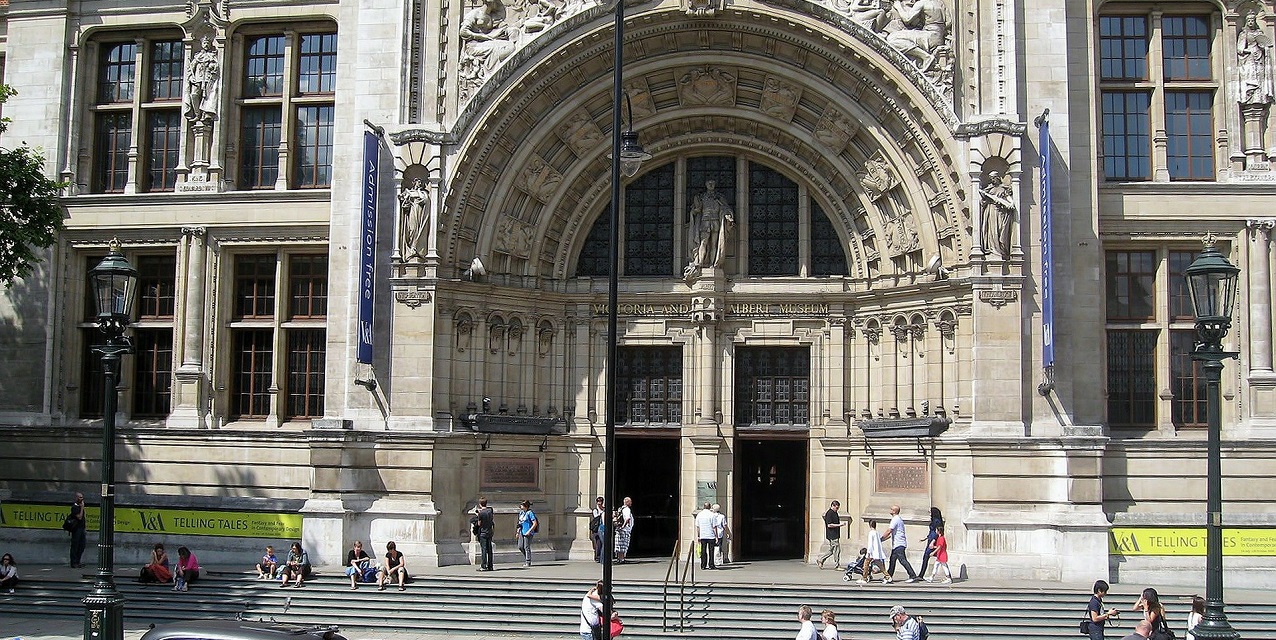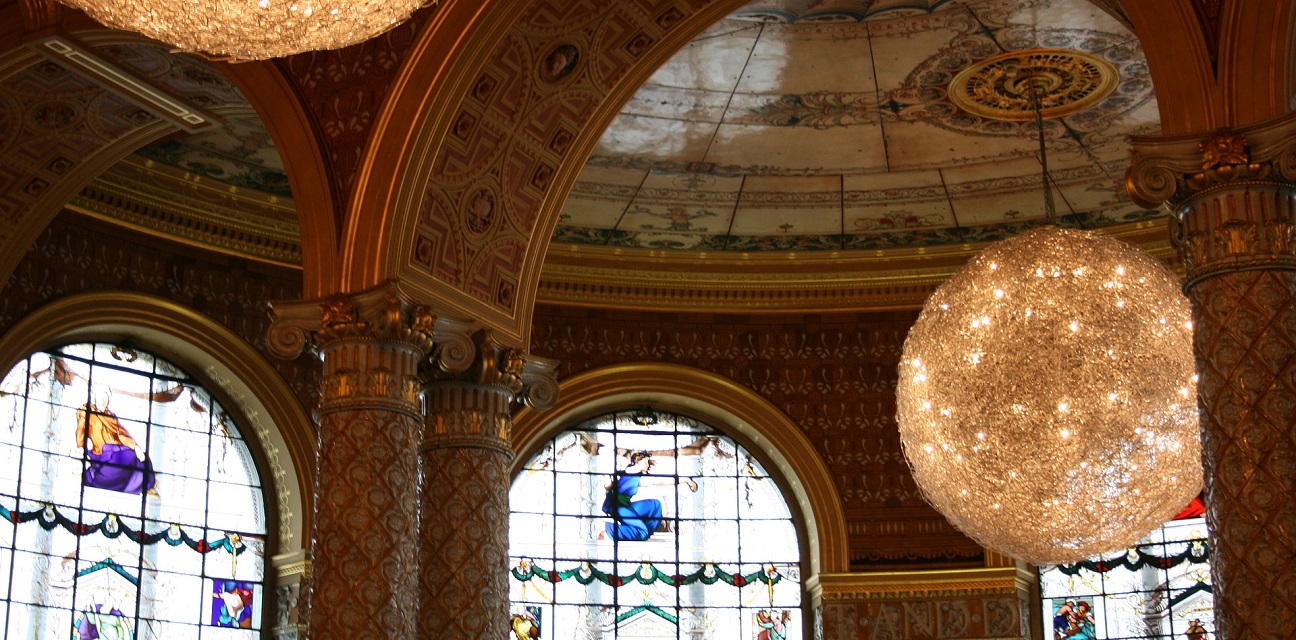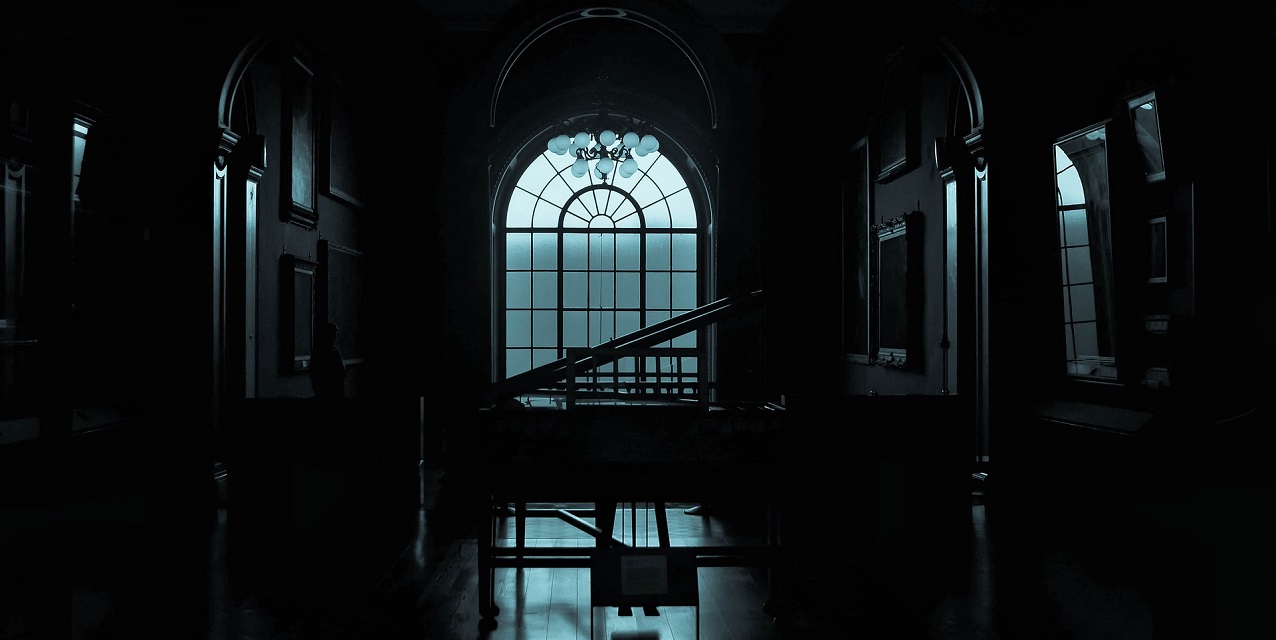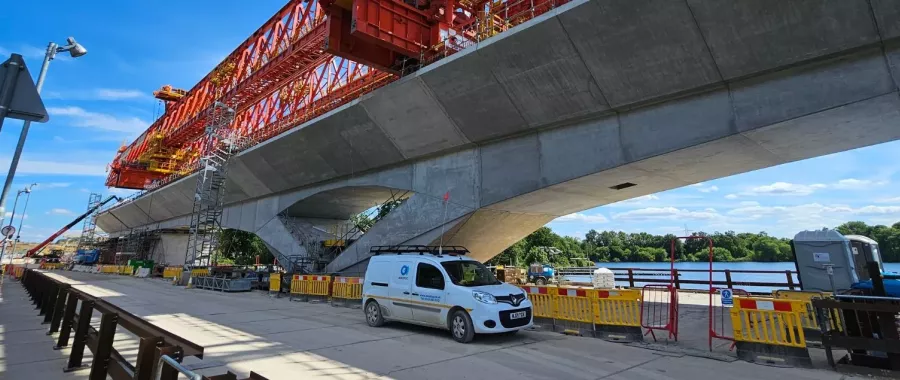ITM Monitoring, now SOCOTEC Monitoring UK Ltd, was invited to tender for an Arup designed monitoring scheme at the V&A Museum in 2013 and was awarded the sub-contract in January of 2014.
Summary of Works
Client: Wates Construction
Duration: January 2014 – March 2016
Monitoring: 3D Prisms, BRE levelling studs, Precise levelling points, Crack Monitors, Vibration monitors, Noise monitors, Time lapsed photography, Pile duct inclinometers, Magnetic extensometers, Vibrating wire strain gauges, Argus Monitoring Software.
Budget: Project total: £49m, Monitoring Scheme £337k
The V&A museum is developing an area into a ceramic tiled courtyard, accessible from Exhibition Road, and a new entrance into the museum via the Western Ranges, with a new subterranean gallery beneath. The space previously utilised for low grade offices and workshop spaces is bounded by the Aston Webb building and Western Ranges to the South and East, and by the Henry Cole building and Exhibition Road to the North and West respectively. This will open up views of the museum, particularly of the Sgraffito decoration on the Eastern Facade of the Henry Cole Building which has not been accessible to the public since their completion in 1873!

Case Study
Project Details
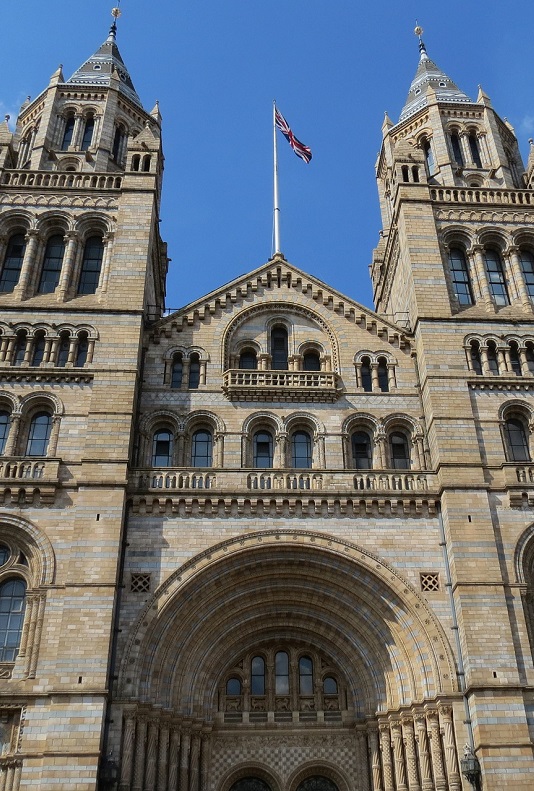
The main purpose of the monitoring scheme is to monitor the movement of the existing building facades and that of the rooms and galleries of the buildings around the development area, which included installations into extremely sensitive areas. The system also monitors construction noise & vibration, and the lateral movements of the piles, being installed as part of the new development, as well as ground heave/settlement, and strain in the temporary props being employed across the excavation area.
ITM Monitoring worked closely with the designers and the asset managers to create not only a practical, achievable and effective scheme but one which also results in the least intrusion to the structures.
The site remained open to the public throughout the works meaning consideration was required as to how and when the monitoring systems could be installed. Due to the value of the building and its Grade I listing status, approval of designs and having permissions granted for installing some of the fixings proved challenging. Consideration was required for installation techniques sensitive to the aesthetic and construction materials of the existing buildings and using monitoring techniques that would not impede public passage or perception around the museum.
The main purpose of the monitoring scheme is to monitor the movement of the existing building facades and that of the rooms and galleries of the buildings around the development area, which included installations into extremely sensitive areas. The system also monitors construction noise & vibration, and the lateral movements of the piles, being installed as part of the new development, as well as ground heave/settlement, and strain in the temporary props being employed across the excavation area.
ITM Monitoring worked closely with the designers and the asset managers to create not only a practical, achievable and effective scheme but one which also results in the least intrusion to the structures.
The site remained open to the public throughout the works meaning consideration was required as to how and when the monitoring systems could be installed. Due to the value of the building and its Grade I listing status, approval of designs and having permissions granted for installing some of the fixings proved challenging. Consideration was required for installation techniques sensitive to the aesthetic and construction materials of the existing buildings and using monitoring techniques that would not impede public passage or perception around the museum.
The monitoring systems will continue to deliver data for the site for the next year, while the construction works are carried out.


